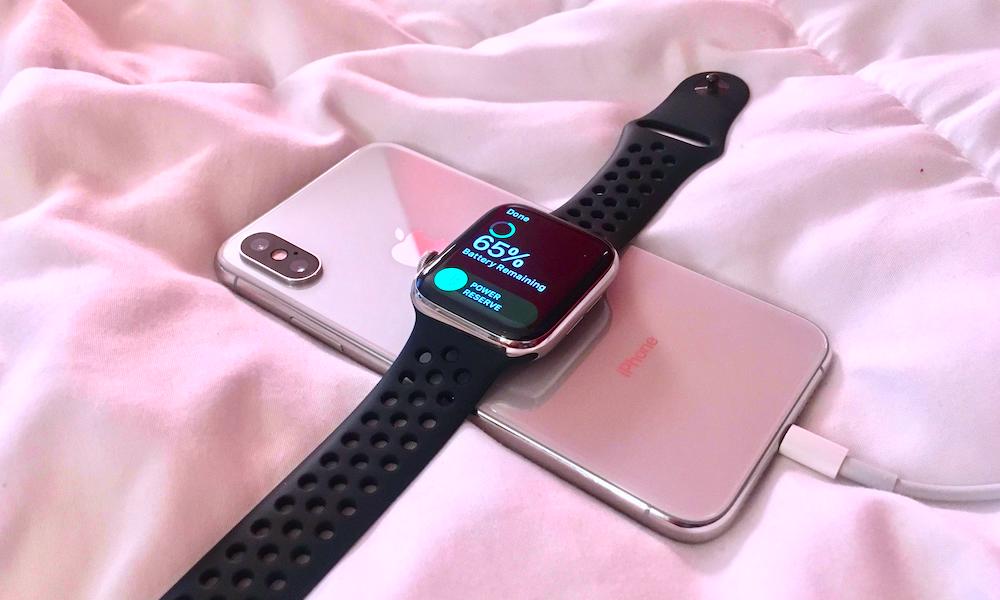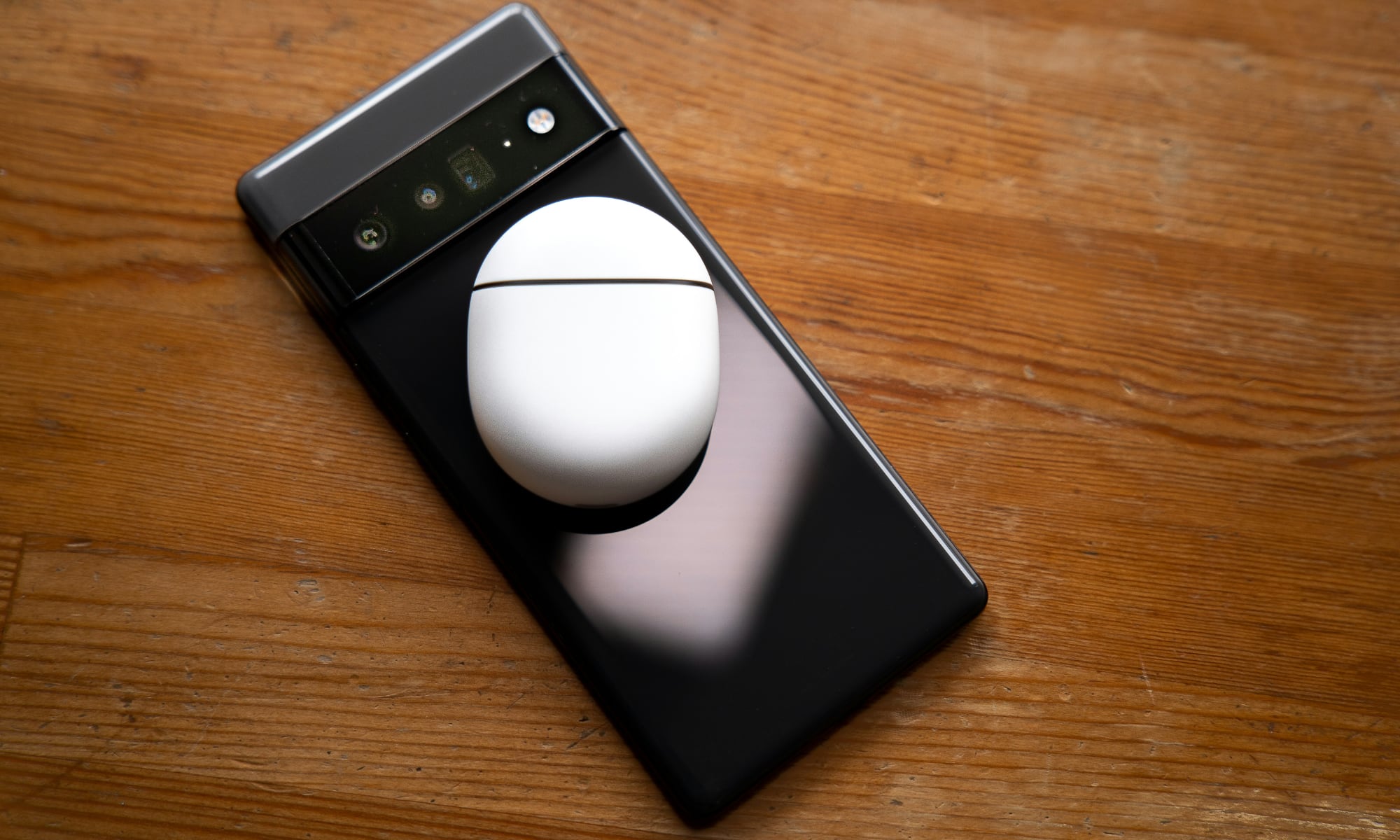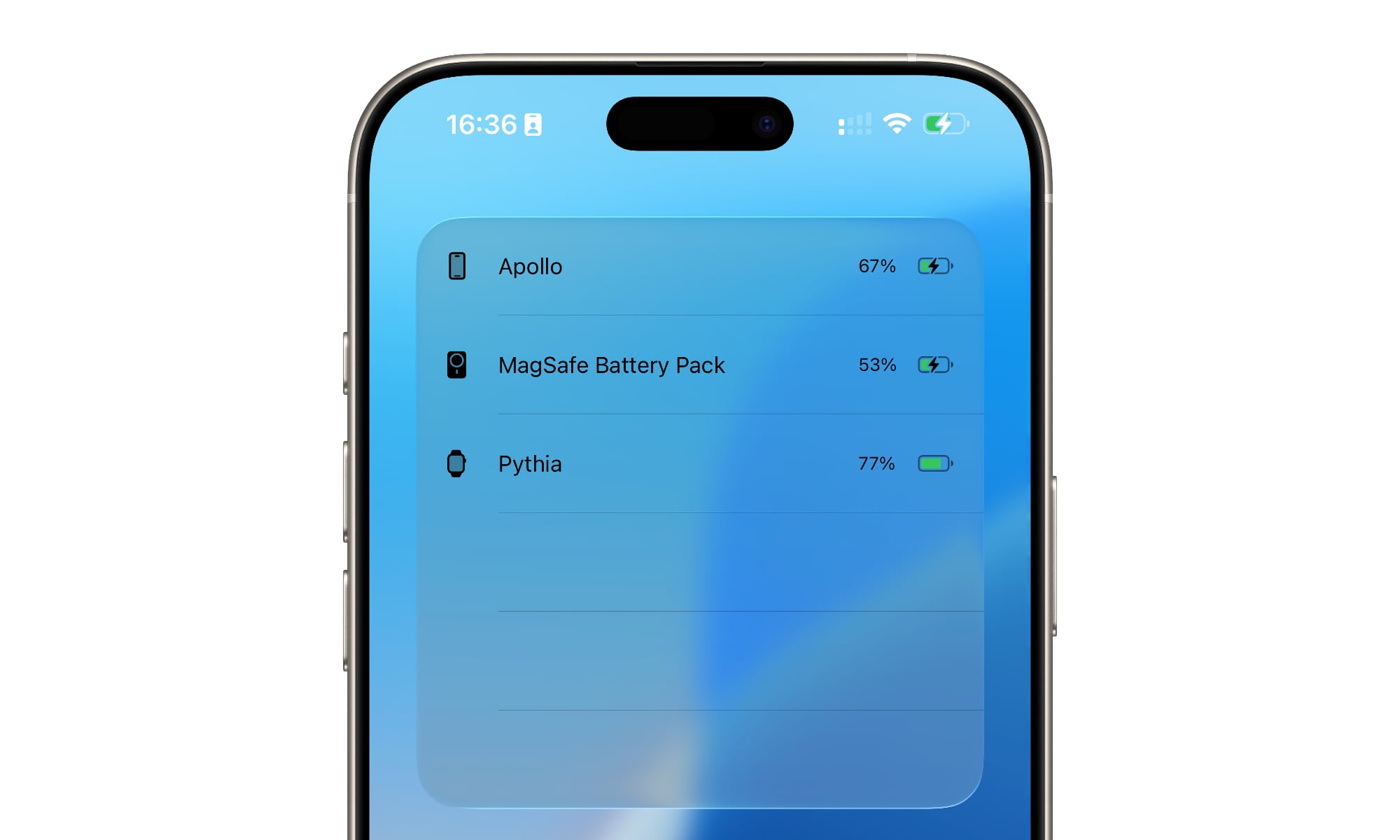Long-Awaited Reverse Charging Tipped for iPhone 17 Pro
 Reddit / Quitethewaysaway
Reddit / Quitethewaysaway
Toggle Dark Mode
This could be the year that Apple finally adds reverse wireless charging to the iPhone. Sure, we’ve heard this song before, but new reports that Apple has actually tested it on the iPhone 17 over the past few months give us slightly more hope that it could finally come to pass.
It’s the second time we’ve heard this over the past few months, and both reports come from leakers with reasonably good — although not perfect — track records. In February, Instant Digital (aka Setsuna Digital) reported on Weibo that Apple was testing 7.5W reverse charging on the iPhone 17 Pro, although they hedged by suggesting that it might not be enabled.
This week, Fixed Focus Digital seemingly corroborated this in another Weibo post that says mostly the same thing: Apple has tested it for the iPhone 17 Pro, but there’s no word on whether it will be activated.
Reverse wireless charging is a common feature in the Android smartphone world. As the name suggests, it allows the charging coils in a smartphone to be used to supply power to another Qi-compatible device, typically a set of wireless earbuds or even a smartwatch.
The feature was first introduced on the Huawei Mate 20 Pro in late 2018, but it didn’t take other smartphone manufacturers long to jump on board. Samsung introduced its “Wireless PowerShare” on the Galaxy S10 series in early 2019, and Google followed suit with the Pixel 5 in late 2020. By 2021, other brands like Xiaomi and OnePlus had also joined the party.
Nevertheless, Apple continued to hold out on the feature. Following Samsung’s introduction of reverse wireless charging, many speculated that it might be included on the iPhone 11, but nothing ever came of those reports, despite the hardware possibly being in place to handle it. In 2020, we saw more evidence that the iPhone 12 included the hardware capabilities, with FCC filings that suggested it was designed for a specific Apple accessory.
That suggested this wasn’t generic reverse wireless charging, but many hoped that it was at least a proprietary solution designed for a future set of AirPods. However, this turned out to be exclusively for the MagSafe battery pack, which could be charged from a powered iPhone.
This was initially a concession to folks who might want to use the Lightning port for something like wired CarPlay while still charging the MagSafe battery pack. However, it still works with today’s USB-C-equipped iPhones, which means you don’t need to carry a Lightning cable around to charge the MagSafe battery pack (which Apple discontinued rather than updating it with a USB-C port).
However, that’s still the only scenario where an iPhone can output power wirelessly to another device. The iPhone 15 and later models support reverse wired power transfer, but that’s more a function of the USB-C specification than anything special. Apple’s USB-C-equipped iPads have offered this capability for years for the same reason.
Apple’s decision to omit reverse wireless charging may be more philosophical than technical. It’s certainly not difficult to do, but it’s also a highly inefficient way to charge your devices, and would risk depleting your iPhone battery even more quickly. It’s also arguably unnecessary for Apple’s AirPods, which can easily get even the most active users through a couple of days between charges, and we can’t imagine Apple is all that motivated to add a feature that would primarily be there to support cheaper third-party wireless headphones that require more frequent top-ups.
If reverse wireless charging shows up this year, it will likely be confined to the iPhone 17 Pro and iPhone 17 Pro Max. The beefier batteries on those models might be one reason, but it’s also something else Apple could add to the checklist of things that help to set the Pro models apart, especially as the lineup gets more complicated with the new “iPhone 17 Air” occupying a new sort of middle ground, and the possibility that the entire lineup may finally get faster 120 Hz displays.
[The information provided in this article has NOT been confirmed by Apple and may be speculation. Provided details may not be factual. Take all rumors, tech or otherwise, with a grain of salt.]









